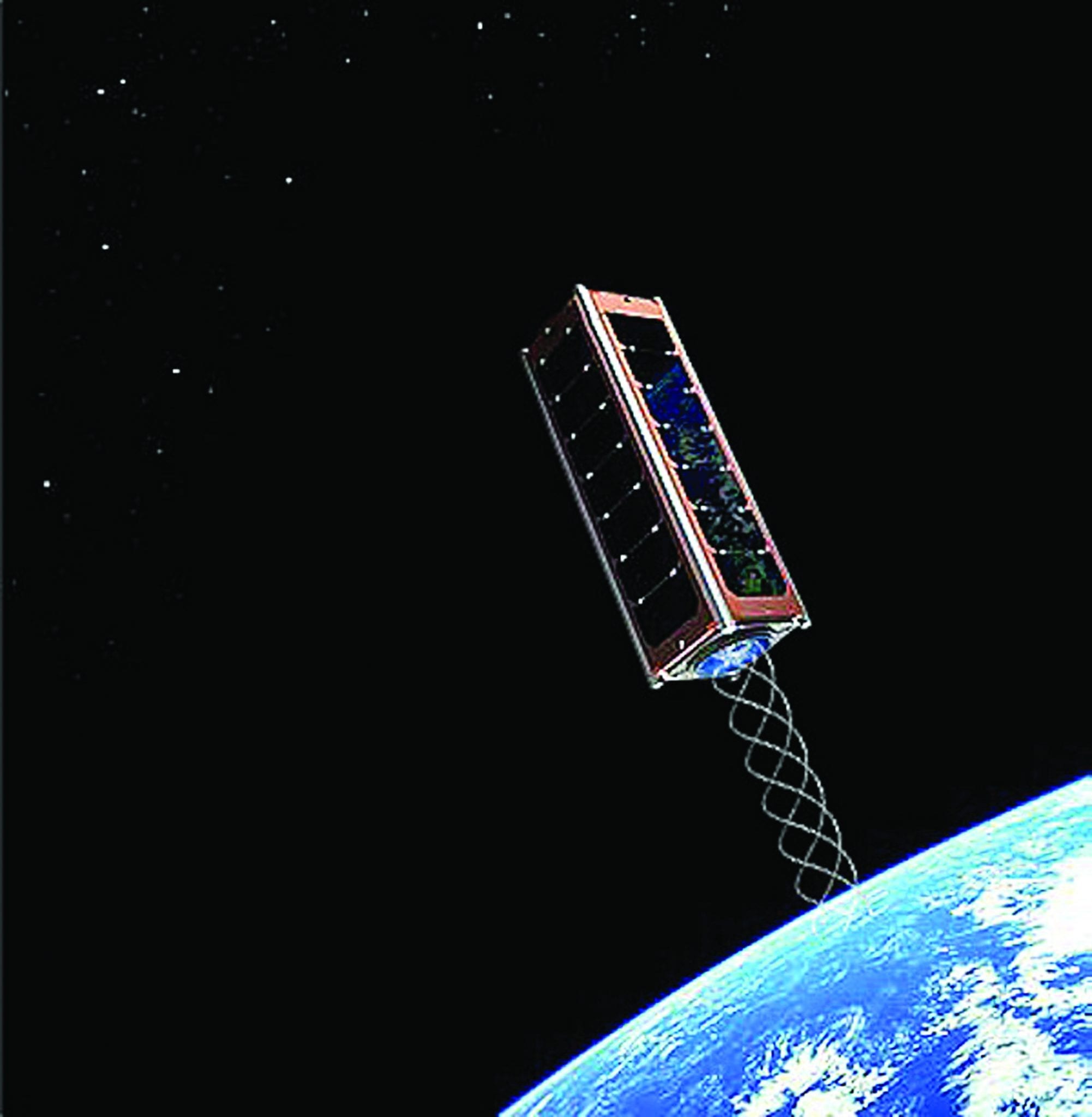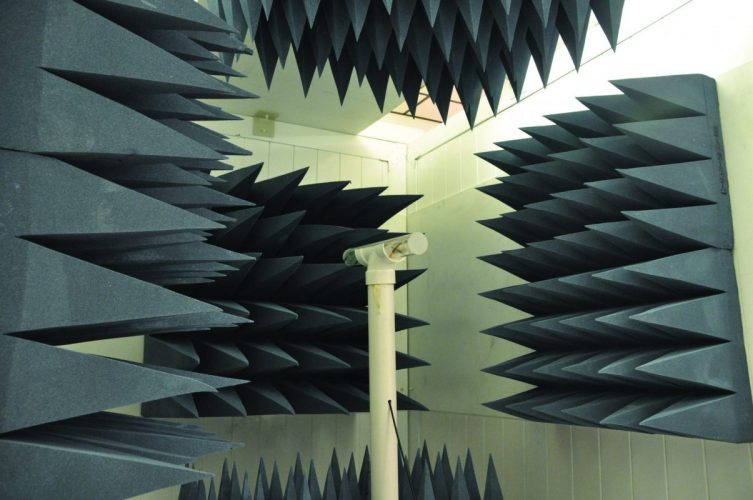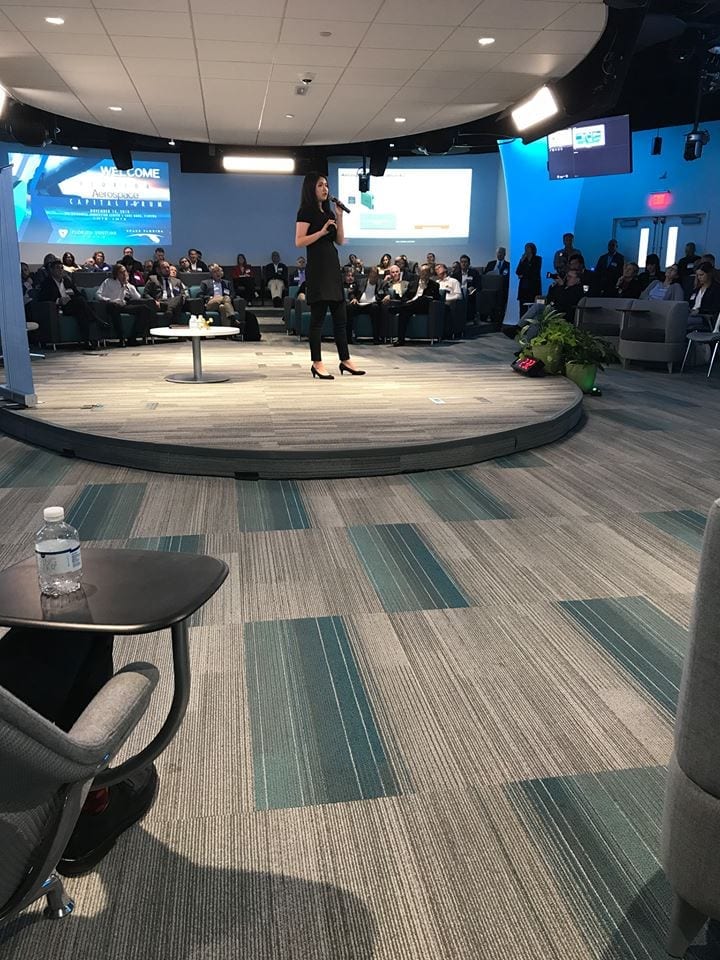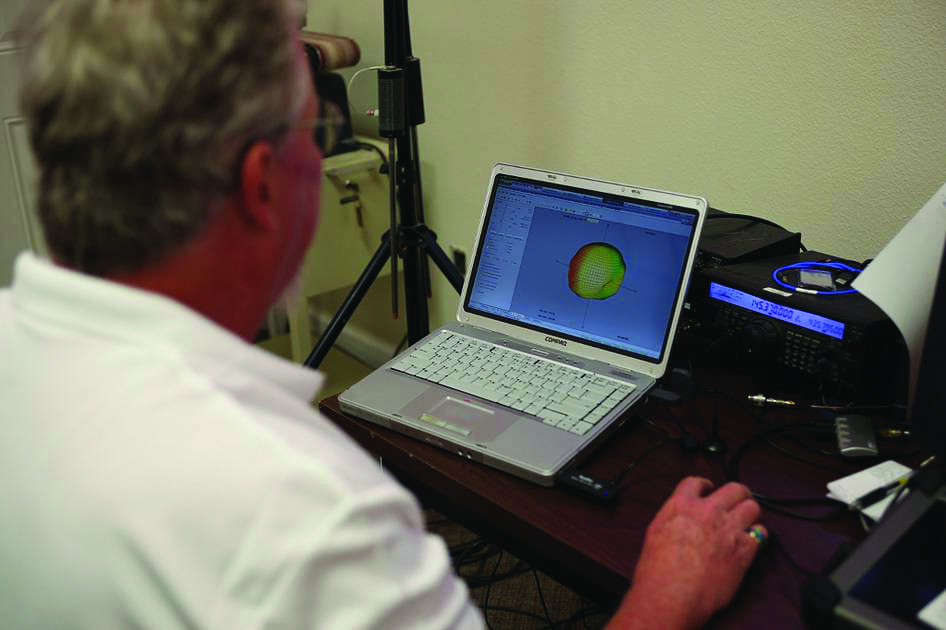A Space Coast hero, Helical Communication Technologies develops terrestrial and deployable antennas, thanks to a partnership between a local businessman and a ham radio operator.
 <p style=”font-size: 17px; color: #000000; margin-top: 10px; font-family: ‘Alegreya’, serif;”>
<p style=”font-size: 17px; color: #000000; margin-top: 10px; font-family: ‘Alegreya’, serif;”>
OUR STORY
NASA’s Space Shuttle program officially ended on August 31, 2011. If it was a sad day for Americans who’d grown up watching the shuttle flights from their homes and classrooms throughout the decades, then it was a nightmare for the 7,400 Kennedy Space Center engineers who were laid off. While some left the Space Coast for jobs elsewhere—sometimes across the world—many engineers stayed, but the going was tough, for what other industry could properly absorb them and their years of experience?
Some of these engineers established the Spacecoast Technical Network, a training and support group for those whose jobs ended with the Space Shuttle program. STN’s goal is “rebuilding our community, one person at a time” by partnering with businesses in the region and beyond to help members secure employment. It was at one of STN’s weekly Friday-morning breakfasts in 2012 that the founders-to-be of Helical Communication Technology first met. Aleks Bologna and his father, [name], worked in commercial real estate, and Greg O’Neill, a ham radio operator, and an entrepreneur built ground antennas.

Just a Quick Note:
InnovationsOfTheWorld.com has partnered with Trade License Zone (TLZ) to support global innovators looking to expand internationally. Take advantage of the UAE’s Free Zones—enjoy streamlined setup, low corporate taxes, and a strategic gateway to the Middle East and beyond.
Get Your UAE Free Zone License Fast & Easy!
When Aleks and his father offered free office space to the engineers gathered—a bid to help them get their enterprises started or off the ground— with the possibility of partnering if such scaling ever became necessary, Greg took them up on it. It wasn’t long until he hatched something in the Bolognas’ ad hoc incubator: an antenna formatted instead for a satellite. The Bolognas partnered with Greg and under their new company name, Helical Communication Technologies, pitched the idea and design to the U.S. Air Force, who took them on as a contractor. Big things were happening for HCT—and they still are.
In December 2018, HCT earned its flight heritage, which is a Top Gun way of saying that as of this very moment, one of their antennas is in orbit above us, collecting data for the Internet of things (IOT). The deployable quadrifilar field antenna, currently HCT’s sole patented technology, differs from other satellite antennas in its ability to capture a larger footprint of communication of the earth—and without manipulation, such as is necessary for directional antennas.
,
 <p style=”font-size: 17px; color: #000000; margin-top: 10px; font-family: ‘Alegreya’, serif;”>
<p style=”font-size: 17px; color: #000000; margin-top: 10px; font-family: ‘Alegreya’, serif;”>
To disclose the software and IT that HCT uses to create its deployable quadrifilar field antenna and its other products would be to infringe on trade secrets—which in turn suggests just how innovative every facet of their enterprise is. But perhaps HTC’s true innovation lies in building a bridge between those with years of technical experience in antennas and those with years of business experience, to create something that wouldn’t otherwise exist. Beyond the power of and need for communications, HTC also represents a way forward for the Space Coast, a way to garner hope and new experiences for those who once feared that they had no part in the region’s future.
Before it became This Is Orlando, Rob’s podcast was called Networking Nerds. “It was kind of based around the game and tech community, giving kids the skills on how to work a room, how to make connections with other people in their industry,” he says.
, 

But Rob saw the potential to feature other community groups, start-ups, and events when he first encountered the Orlando Economic Partnership’s hashtag, #ThisIsOrlando. With their permission to use the phrase to rename his podcast, Rob expanded his coverage and audience. “I wanted to cater to bringing together like-minded people who wanted to make a difference,” he says. A recent guest on This Is Orlando, for example, was Castle Church Brewing Community, a local church with a brewery and taproom onsite. While the concept is somewhat playful, it shows a commitment to community—and that’s just the kind of thinking Rob wants to illuminate through This is Orlando.
Today, the podcast has thousands of subscribers, and Rob is enthusiastic about its potential to empower the Central Florida community; in the past, it has existed mostly in the shadow of tourism.
“When it comes to the creativity and the people of Orlando, the community is thriving,” Rob says. “There are so many great things happening. If we could find a way to bottle the passion, we would be a huge tech center for the world. We’ve got a lot more than Disney World, we’ve got a lot more than orange groves. There’s a lot of really cool things happening, and the quality of life here is awesome.”













